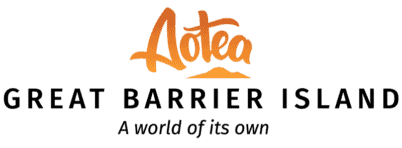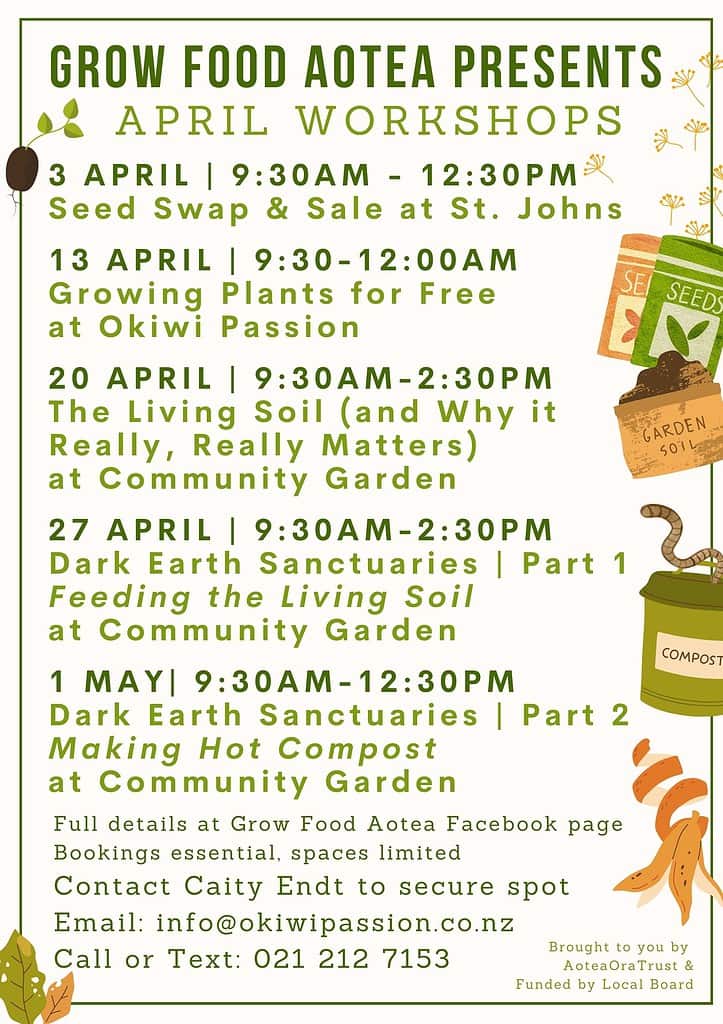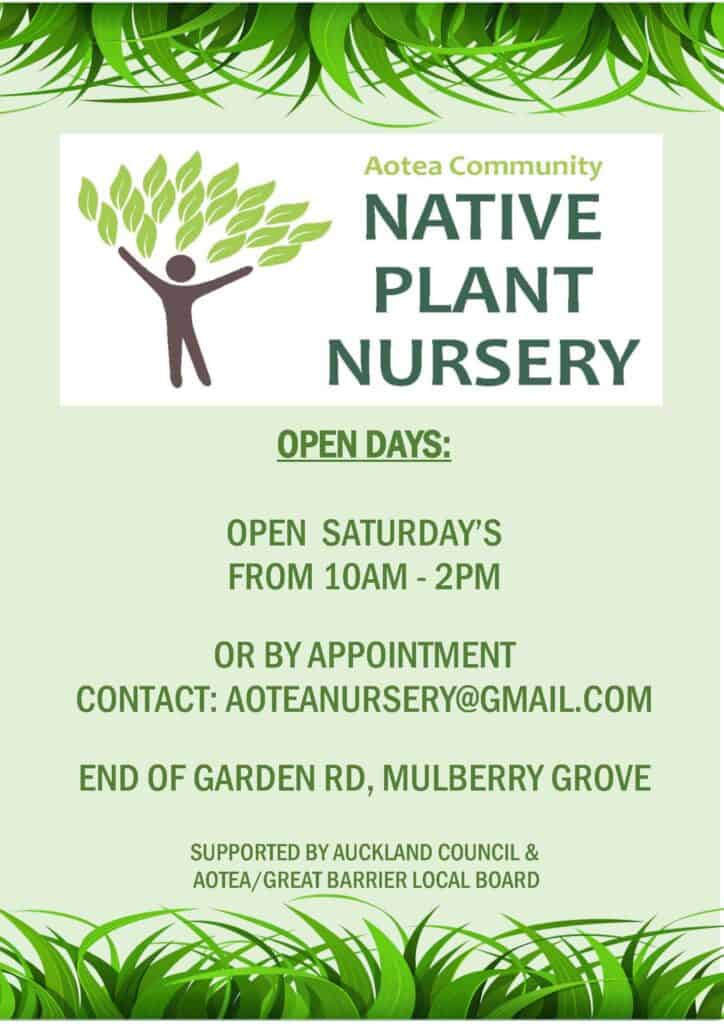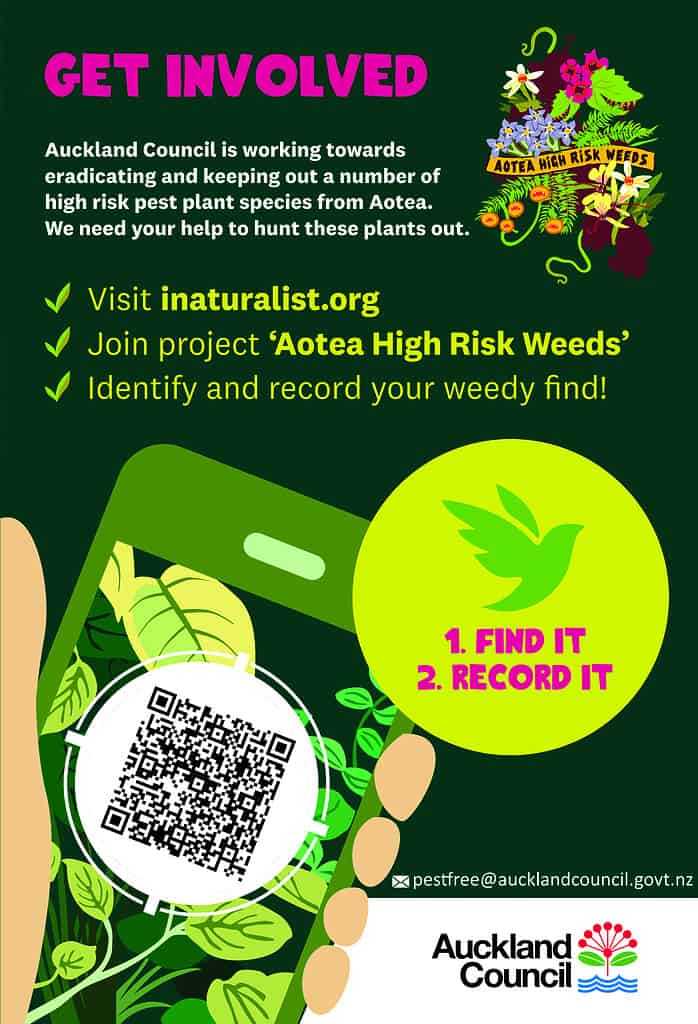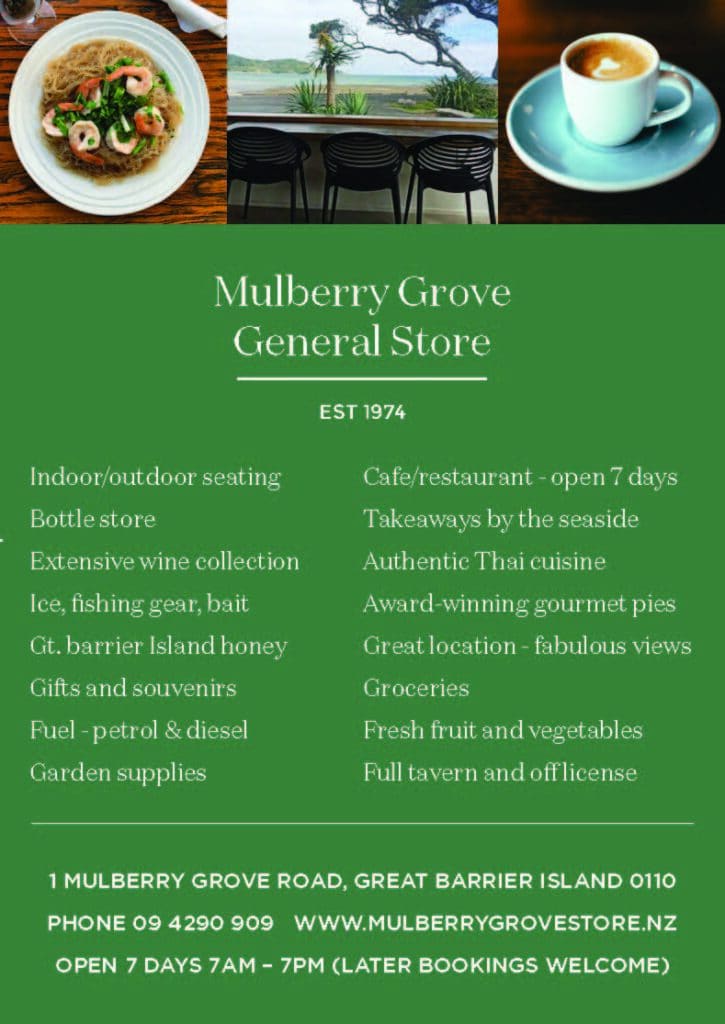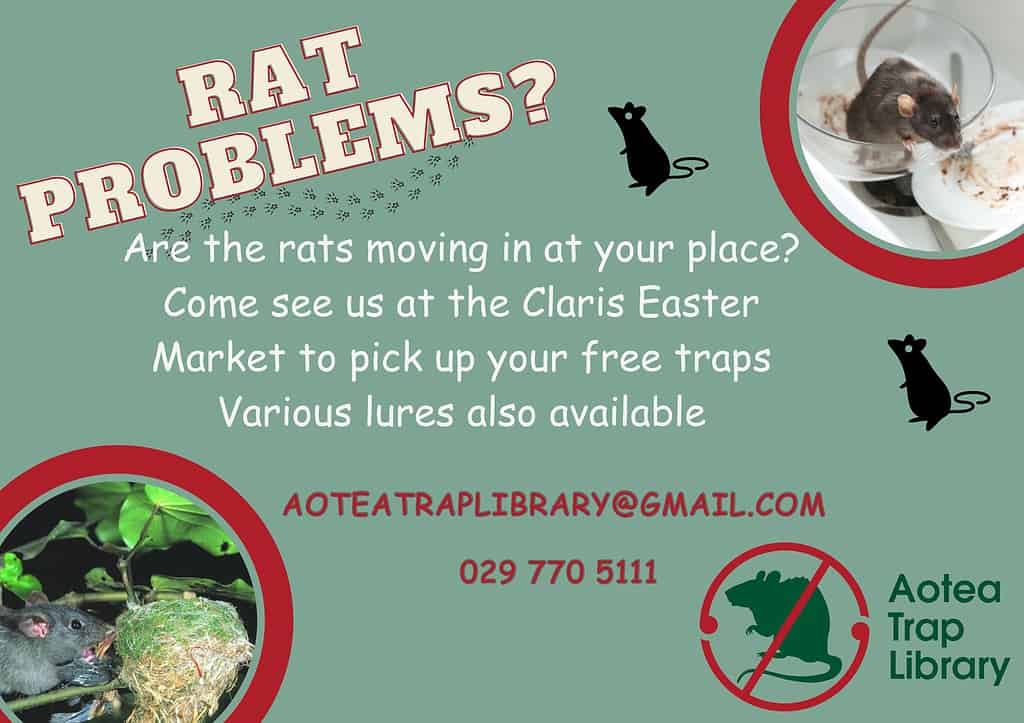Latest DOC flock count shows steady Pāteke population
As Summer finishes, DOC along with exceptional volunteers from Ngāti Rehua and the community, count the numbers of pāteke / brown teal gathered in flocks.
On Aotea, the numbers are looking pretty good: Our highest count was 665 pāteke (7 February 2024), similar to our highest count in 2023 of 652 birds.
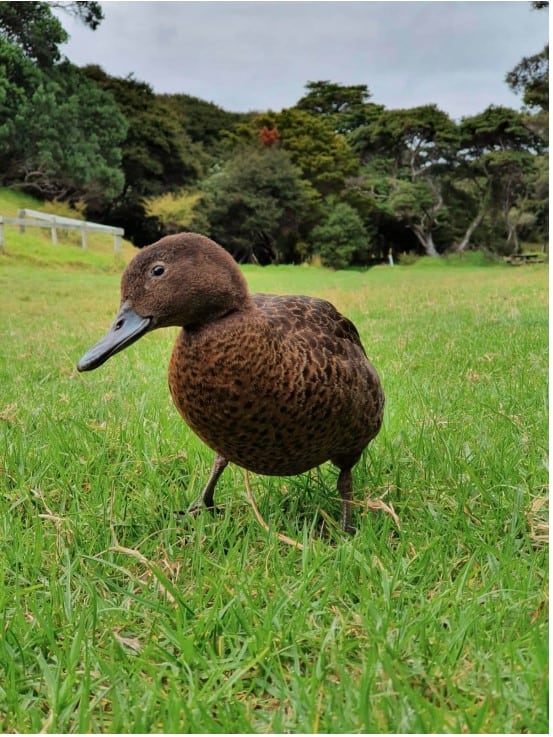
Most (440) of these pāteke counted were in the Whangapoua catchment, where DOC controls feral cats year-round. The biggest flock this year was in the waterway/old drain through the saltmarsh vegetation known as Burrill’s Drain flock site with 257 birds counted at this site.
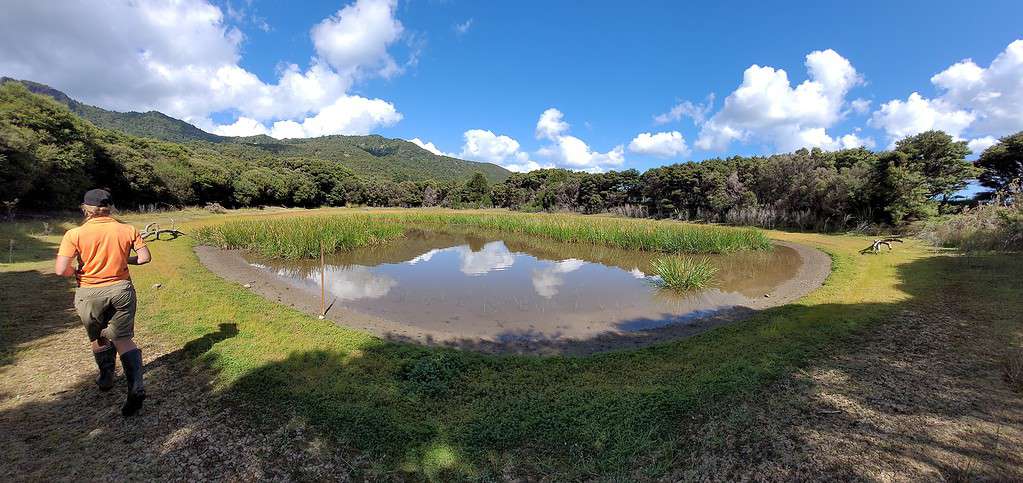
Pāteke are one of our nation’s conservation success stories in recent times. Pāteke were listed as “Nationally Endangered” until 2008, when the conservation status was changed to “At risk-recovering” – meaning that there are now many small but increasing populations around the country. This status change was driven by considerable effort to halt the extinction of pāteke including many releases of captive-reared birds to new sites and intensive predator control.
In Northland for example, pāteke are doing well – with 763 pāteke counted in the Northland 2024 flock counts. The birds there are benefiting from the huge predator programme to protect kiwi that community groups and iwi are doing along the Kiwi Coast.
The table below shows the last three years of Aotea counts, with the maximum count
highlighted for each year.
| 2022 | 2023 | 2024 | |
| Count 1 | 337 | 466 | 665 |
| Count 2 | 430 | 623 | 519 |
| Count 3 | 465 | 652 | 588 |
| Average | 411 | 580 | 591 |
A huge thank you to everyone from Ngāti Rehua and the community who helped with the pāteke flock counts this year.
We know that the flock counts do not count the entire population of pāteke in an area. Research using transmitters to track pāteke through their lifecycle found that the birds visiting flock sites are mostly recently fledged birds (so birds less than 1 year old) and adults whose breeding territories have dried out over the summer. However, they do give us a rough measure of the population and how it’s doing.
We’re always keen to know if new flock sites are establishing on Aotea – we’ve got a new site at Whangaparapara to check out next year. So please let us know if you’ve seen a group of pāteke hanging out somewhere new, particularly if it was during the day in late Summer by contacting greatbarrier@doc.govt.nz
Words by Sue Moore – Senior Ranger Biodiversity, Aotea Great Barrier Island, Department of Conservation
